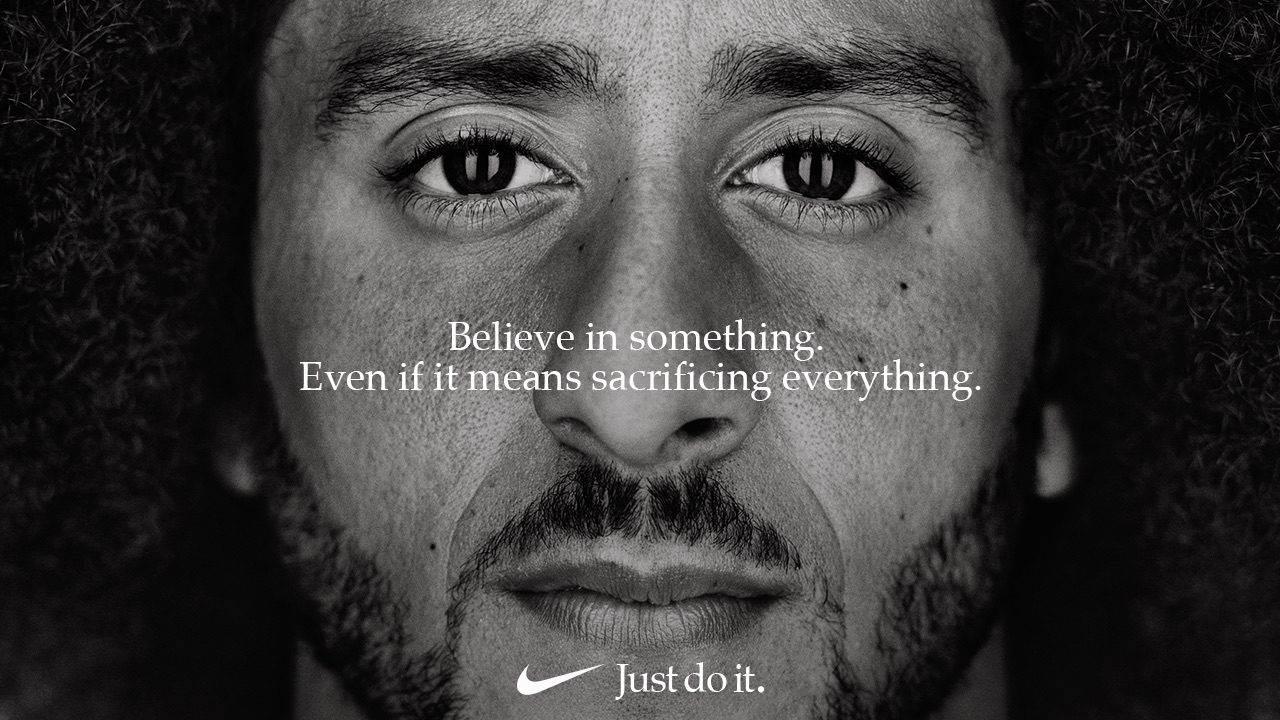Nike, J&J, Burger King, Microsoft: TV Ad Insights For 2019 Cannes Grand Prix Winners

As the 2019 Cannes Lions Festival of Creativity draws to a close, we worked with TV ad measurement and attribution company iSpot.tv to surface TV advertising and attention insights around some of the Grand Prix winners (among U.S.-based brands) this year.
Nike
One of the big winners this year was Nike’s “Dream Crazy” campaign, featuring Colin Kaepernick. It snagged the Outdoor Grand Prix as well as a Grand Prix for Inaugural Entertainment for Sport. The accompanying TV commercial featuring Kaepernick aired nationally from Sept. 6 through Oct. 14, 2018, generating 134.9 million TV ad impressions with an estimated spend of $5.2 million.
What’s especially impressive is the viewer attention it garnered: With an iSpot Attention Index of 160, it was interrupted 60% less than other spots in Nike’s competitive space, and was interrupted 32% less than other Nike spots in that time period (interruptions include changing the channel, pulling up the guide, fast-forwarding or turning off the TV).
From Jan. 1 through June 15 this year, Nike has spent an estimated $12 million running three spots, all with a similar “dream” theme (“Dream With Us,” “Dream Further,” and “Dream Crazier”), generating 146.8 million TV ad impressions. “Dream Crazier,” though, was the only spot with a positive Attention Index (135, receiving 35% fewer interruptions than the industry average).
Cannes Lions Preview: How Past Winners Apple, Google and Burger King Are Spending on TV
Johnson & Johnson
Broadcasting & Cable Newsletter
The smarter way to stay on top of broadcasting and cable industry. Sign up below
Johnson & Johnson won the Entertainment Grand Prix for a documentary about the nurses who created an AIDS ward at San Francisco General Hospital in the 1980s.
Although much of J&J’s television advertising is specific to the company’s sub-brands, the parent company has run a few general TV spots this year. Overall, it’s spent an estimated $7.6 million on seven commercials that have generated over 1 billion TV ad impressions.
The J&J spot with the best Attention Index (111) is “Your Whole Life,” which has received 11% fewer interruptions than the industry average.
Burger King vs. McDonald’s
The Mobile Grand Prix and Direct Grand Prix (plus two Gold Lions) went to Burger King’s “Whopper Detour” campaign, where mobile app users could order a Whopper for $0.01 — as long as they were within 600 feet of a McDonald’s. As there was no accompanying TV campaign for “Whopper Detour,” and we already took a look at Burger King’s ad trends this year as part of our Cannes Preview piece, here we’re serving up a comparison of BK to McDonald’s to put their ad strategies in context.
McDonald’s has largely outspent Burger King when it comes to TV advertising (Jan. 1 through June 15), with an estimated $266.2 million vs. BK’s $181.4 million — but they are nearly tied when it comes to ad impressions: 17.4 billion impressions for McDonald’s, 17.5 billion for BK.
McD’s also had fewer ad airings (71,900 airings of 86 spots, vs. BK’s 103,000+ airings of 42 spots). Burger King also wins when it comes to audience attention: its ads have received 15% fewer interruptions than the fast food industry average, while McDonald’s received 1% fewer interruptions.
Microsoft Xbox
The Brand Experience & Activation Grand Prix went to Xbox for its Adaptive Controller, which has a redesigned button scheme to make it more accessible to people with disabilities.
Part of the campaign included the emotional Super Bowl spot “We All Win,” which captured remarkable audience attention with an iSpot Attention Index of 187, receiving 87% fewer interruptions than the gaming industry average. While of course some of that is due to the nature of the Super Bowl and how focused viewers are on commercials (as well as the game), it also speaks to the spot’s content: a heart-warming story featuring real kids talking about how the controller helped level the playing field for them. And the ad certainly out-performed Xbox’s average Attention Index of 97.










